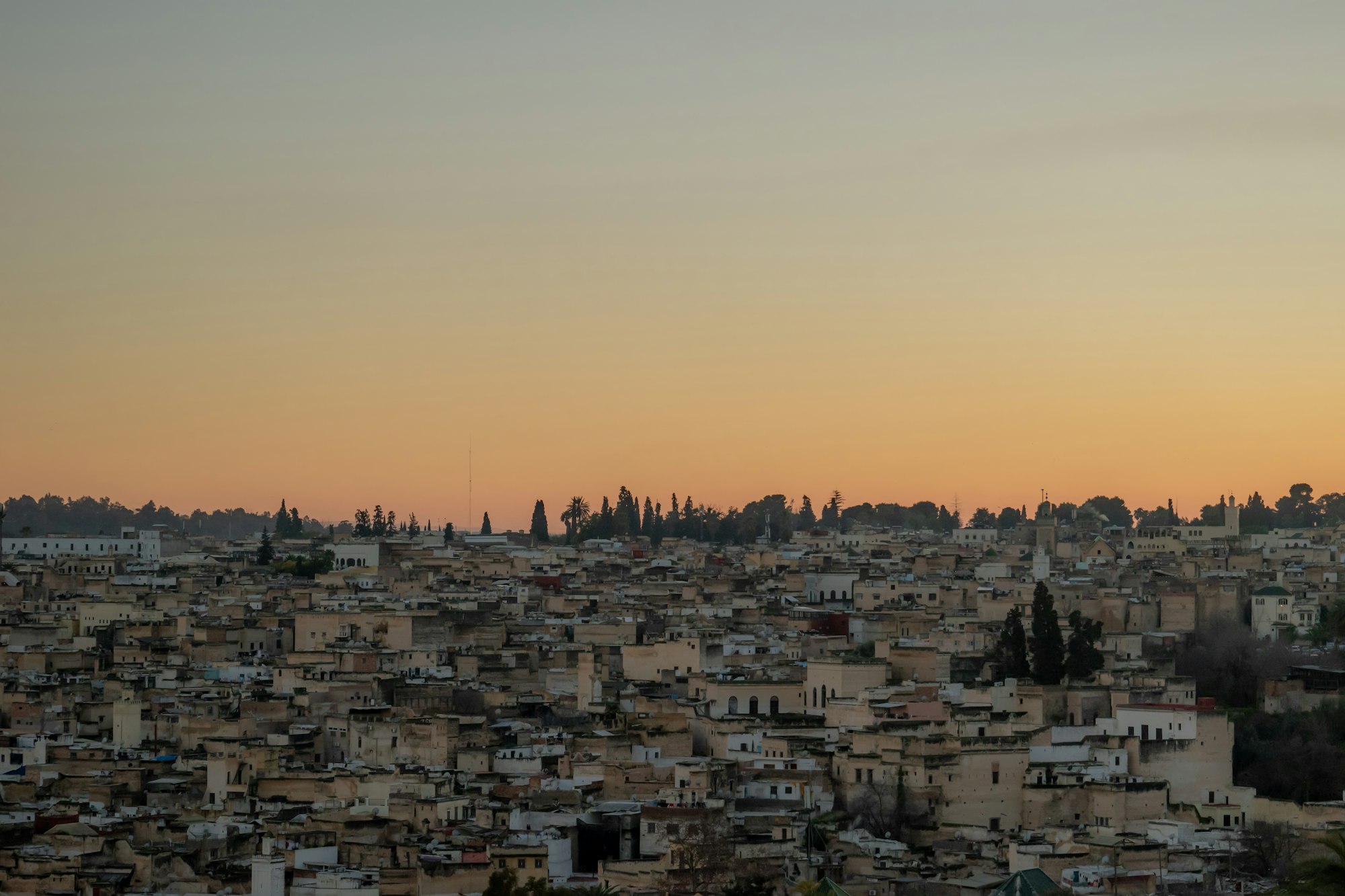The psychology of architecture
Choose the environments that shape us into the people we want to become.

The narrow, winding streets in the old city of Fes, Morocco are too small for cars. This inner city—dating back to the 8th century—remains immune to many of the forces of sprawling modernity. Its life and commerce are tightly packed in a labyrinth of streets where looms are still operated by hand, families bring their homemade dough to communal bakeries to bake, donkeys pull carts up cobblestone streets, and old men sit outside their shops to play cards. Just outside the old city is the new city of Fes, established in the 20th century and defined by wide streets, modern city planning, rows of apartment buildings, and master-planned neighborhoods.
Our tour guide, whose family has lived in the old city for 500 years, told us that the differences in city planning translate into differences in the relational dynamics and behavior of the city’s people. People are more individualistic in the new city, he told us; they keep to themselves, they’re less concerned with their neighbor. But in the old city, those same people (who often travel back and forth) show up differently. The physical intimacy of narrow streets, the walking proximity of friends, the unhurried pace—all cultivate a sense of kinship and warmth.
There is a narrative that personal change is often this intense, inner work done by an individual, so it’s refreshing to be reminded that sometimes all we need to do is to choose the environments that shape us into the people we want to become.
